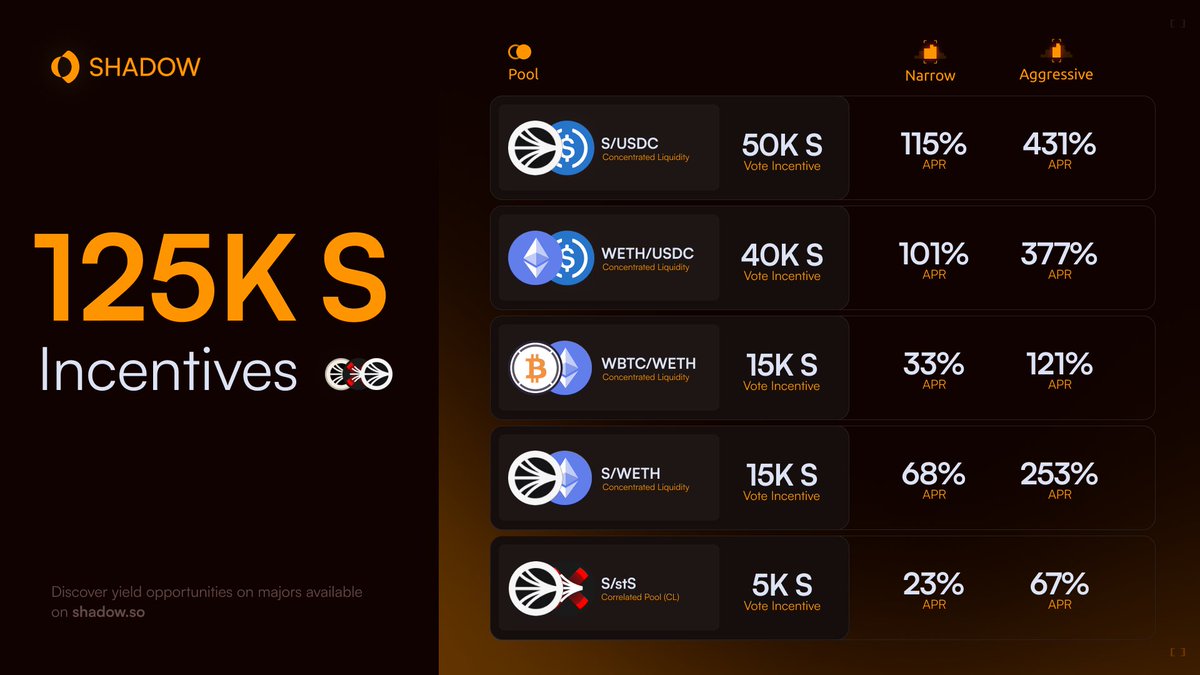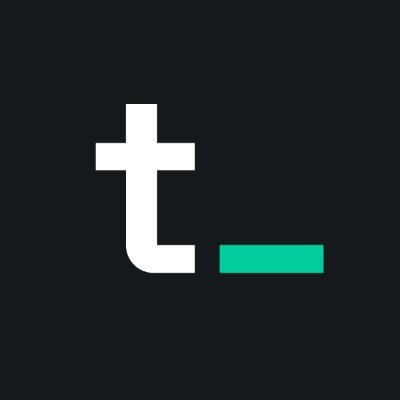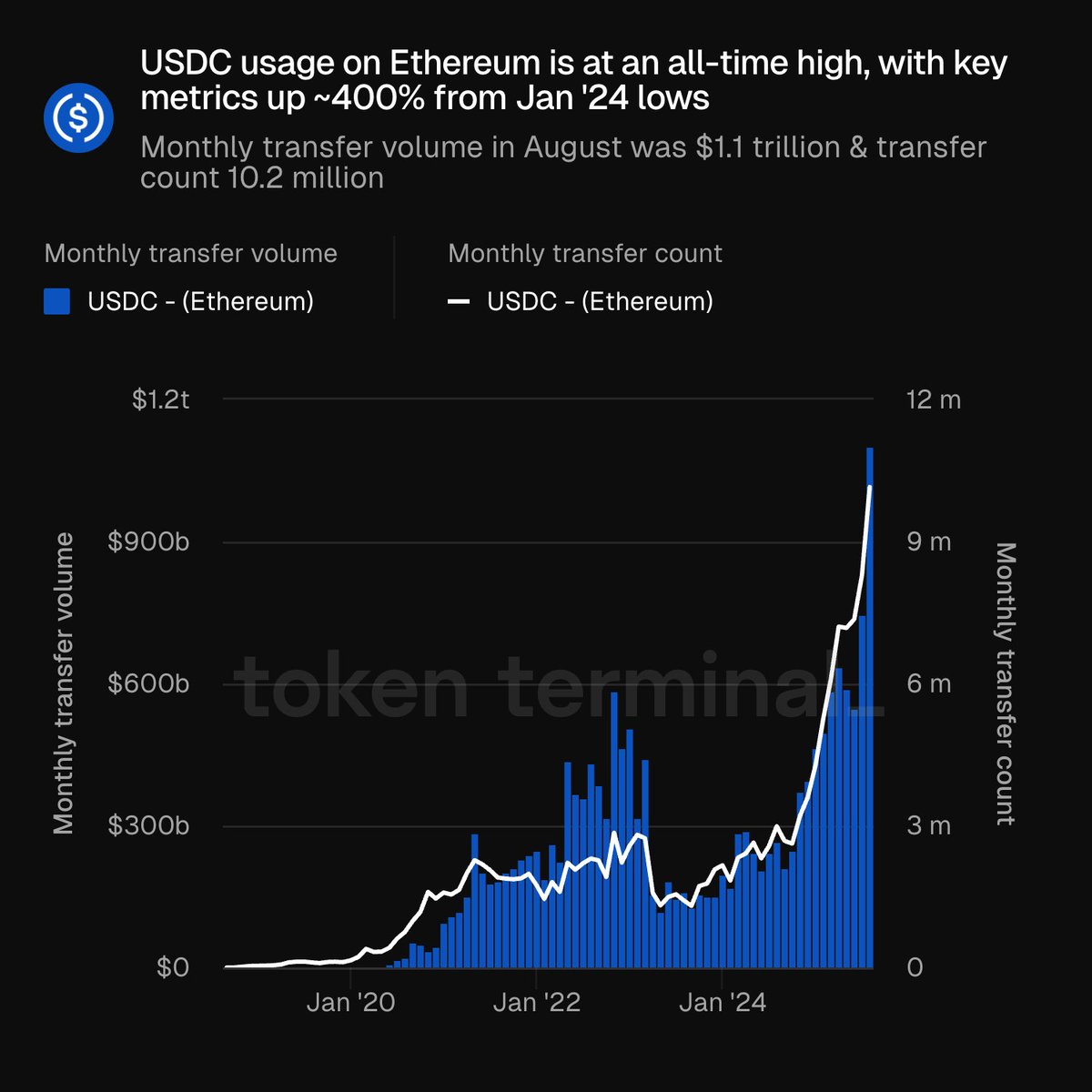Cours de USD Coin
en EUR

À propos de USD Coin

Avis de non-responsabilité
Performance du cours de USD Coin
USD Coin sur les réseaux sociaux



Guides

Créez gratuitement un compte OKX.
Approvisionnez votre compte.
Choisissez votre crypto.
FAQ USD Coin
Les utilisateurs peuvent acheter des USDC sur des plateformes d’échange de cryptos telles qu’OKX. Les utilisateurs peuvent avant tout acheter des USDC avec une carte de crédit ou de débit valide. Cliquez sur l’option « Acheter avec une carte » dans le menu d’en-tête « Acheter des cryptos ».
Les utilisateurs peuvent également remporter des jetons USDC sur les différentes offres de paires de trading dans le terminal de trading au comptant OKX. Sinon, visiter Conversion OKX pour swapper la crypto pré-existante avec des USDC, sans frais ni glissement des cours.
Enfin, les utilisateurs peuvent acheter des jetons USDC sur la plateforme de trading P2P OKX. Le trading P2P autorise les utilisateurs à acheter et vendre des cryptomonnaies directement à partir d’autres utilisateurs sans intermédiaire.
Chez OKX, nous vous conseillons d’effectuer des recherches sur toute cryptomonnaie avant d’investir de manière objective. Les cryptomonnaies étant considérées comme un actif à haut risque et sujettes à de fortes variations de prix, nous vous demandons de n’investir que ce que vous êtes prêt à perdre.
De plus, à l’instar de toutes les cryptomonnaies, l’USDC est volatil et comporte un risque d’investissement. Avant d’investir, vous devez donc effectuer vos propres recherches (DYOR) et évaluer votre goût du risque.
Plongez dans l’univers USD Coin
USD Coin (USDC) est un contrat intelligent open source basé sur un contratstablecoinémis par une firme financière internationale appelée Circle et la plateforme d'échange de cryptomonnaies basée aux États-Unis, Coinbase. Ensemble, ils composent le Centre Consortium, responsable de la génération et de l'échange de tous les jetons USDC.
Lancé en octobre 2018, l'USDC est garanti par la monnaie fiduciaire et indexé sur le dollar américain selon un ratio 1:1. Cela est possible en raison d'un mélange d'obligations au comptant, d'équivalents en liquidités et de bons du Trésor américain à court terme. Environ 10 % des réserves en USDC sont détenues en liquidités et en équivalents en liquidités, et le reste en obligations au Trésor américain à court terme.
Le Centre estime que la vraie interopérabilité financière entre les cryptomonnaies et les monnaies fiduciaires n'est possible que s'il existe un échange de valeur stable sur le prix. USDC a été créé pour répondre au besoin de stablecoin adossé à la monnaie fiduciaire, transparent et sécurisé, qui n'existait pas sur le marché à l'époque.
Ses créateurs, Circle et Coinbase, veulent offrir un stablecoin adossé à des actifs réels, audité régulièrement et offrant une transparence et une gouvernance élevées. USDC a été conçu pour être plus transparent sur le plan financier et opérationnel que les autres stablecoins du marché, ce qui contribuera à renforcer la confiance et à encourager une adoption plus importante.
Grant Thornton est un cabinet d'expertise comptable indépendant qui effectue des attestations mensuelles sur le stablecoin USDC. Le cabinet fournit une vérification indépendante des réserves en USDC et s'assure qu'elles sont détenues de manière conforme à la politique de réserve du Centre Consortium.
Jeremy Allaire, le PDG de Circle, a mis l'accent sur l'importance de la transparence et de la responsabilité dans le fonctionnement de l'USDC, et l'engagement de Grant Tornton est une composante clé de cet effort. L'engagement de l'USDC en faveur de la transparence, soutenu par la vérification indépendante fournie par Grant Tornton, donne plus de confiance aux utilisateurs qui cherchent à acheter un stablecoin.
Comment fonctionne l'USDC
USDC est construit sur leEthereumblockchain, une plateforme décentralisée qui permet la création decontrats intelligentsetapplications décentralisées (dApps). USDC est un jeton ERC-20 compatible avec n'importe quel portefeuille ou plateforme d'échange Ethereum prenant en charge les jetons ERC-20. La technologie derrière USDC est conçue pour fournir stabilité et fiabilité aux utilisateurs, ce qui en fait un choix populaire pour les traders de cryptomonnaies.
Chaque jeton USDC est adossé à un dollar américain, ce qui signifie que sa valeur est directement liée à la valeur du dollar américain. Cela fournit un niveau élevé de stabilité, qui peut être particulièrement utile pendant la volatilité du marché.
Le Centre Consortium surveille la création et la gestion des jetons USDC. Il garantit que chaque jeton USDC est adossé à un dollar américain correspondant et que l'offre de jetons USDC est toujours égale au montant des jetons USDC détenus en réserve.
L'USDC est également émis sur plusieurs blockchains, y compris Ethereum (format ERC-20),Tron(format TRC-20),Algorand(format ASA),Avalanche(format ERC-20), Flow (format FT),Stellar(en tant qu'actif Stellar),Solana(format SPL), etHedera(format SDK).
À quoi sert l'USDC?
Étant l'un des stablecoins les plus prisés sur l'USD, l'USDC trouve une application généralisée en tant que moyen de stockage de la valeur durant la volatilité du marché ou simplement pour les personnes qui veulent une exposition à la monnaie fiduciaire en dehors des rails bancaires traditionnels. Par conséquent, de nombreux traders déplaceront leurs allocations de cryptos vers l'USDC pour éviter les brusques variations de prix. Cela pourrait expliquer pourquoi la demande d'USDC augmente considérablement pendant les périodes à la baisse.
L'USDC est également couramment utilisé par de nombreuses plateformes d'échange pour le lancement de nouveaux arrivants dans le secteur des cryptos et est largement accepté comme étant le paiement de biens et services sur les marchés en ligne et hors ligne.
Comme le jeton USDC réside sur plusieurs blockchains importantes, y compris Ethereum en tant que jeton ERC-20, il peut être utilisé de manière transparente dans n'importe queldAppsfonctionnant sur ces réseaux, y compris dans des jeux populaires où les utilisateurs peuvent facilement acheter des actifs dans le jeu avec leurs jetons USDC.
Un autre cas d'utilisation des jetons USDC est le transfert de fonds. Les jetons USDC sont de plus en plus utilisés pour les transferts de fonds, car ils offrent plusieurs avantages par rapport aux jetons traditionnels, notamment un plus grand sentiment de sécurité, un meilleur accès, des frais plus bas et des vitesses plus élevées. Certaines entreprises, comme la société financière Circle, offrent des services spécifiques conçus pour les transferts de fonds à l'aide de USDC.
Les jetons Idle USDC peuvent générer des revenus passifs sur diverses plateformes d'échange de cryptomonnaies, y compris OKX. Les utilisateurs peuvent effectuer une visiteOKX Earnet sélectionnez parmi les plans de staking USDC disponibles pour percevoir des intérêts.
Cours et tokénomique de l'USDC
Comme la plupart de ses pairs, l'USDC est émis sur demande et n'a pas de limite sur son offre maximale. Le nombre de jetons USDC en circulation change en fonction du nombre d'émission et de destructions par les émetteurs commerciaux.
Les nouveaux jetons USDC peuvent être émis directement par le Centre à un ratio 1:1 par rapport au dollar si nécessaire. Par exemple, si un acheteur veut acheter 15 millions de dollars USDC, le Centre peut immédiatement frapper 15 millions de nouveaux jetons USDC pour l'acheteur. De même, si un utilisateur avec 15 millions d'USDC veut les échanger contre des dollars US, le Centre les paye 15 millions de dollars US et détruit leurs 15 millions de jetons USDC, les retirant ainsi de la circulation.
À propos des fondateurs
L'USDC a été fondé en 2018 par le Centre, un consortium indépendant basé sur des membres qui comprendP2Pla société de services Circle et la plateforme d'échange de cryptomonnaies Coinbase.
Elle a été créée pour offrir une couche de confiance et de transparence au secteur des stablecoins. USDC permet aux utilisateurs d'opérer en toute confiance et en toute sécurité sur le marché des cryptos, en sachant que chaque unité de leurs avoirs en USDC peut être échangée contre 1 USD chaque fois qu'ils le souhaitent.
Contrairement à la plupart des autres projets de crypto et de stablecoins, Circle et Coinbase sont entièrement réglementées par les autorités américaines de premier plan. Cela a contribué à la cause de l'USDC et a ouvert la voie à l'expansion internationale du stablecoin.
Déclaration ESG






